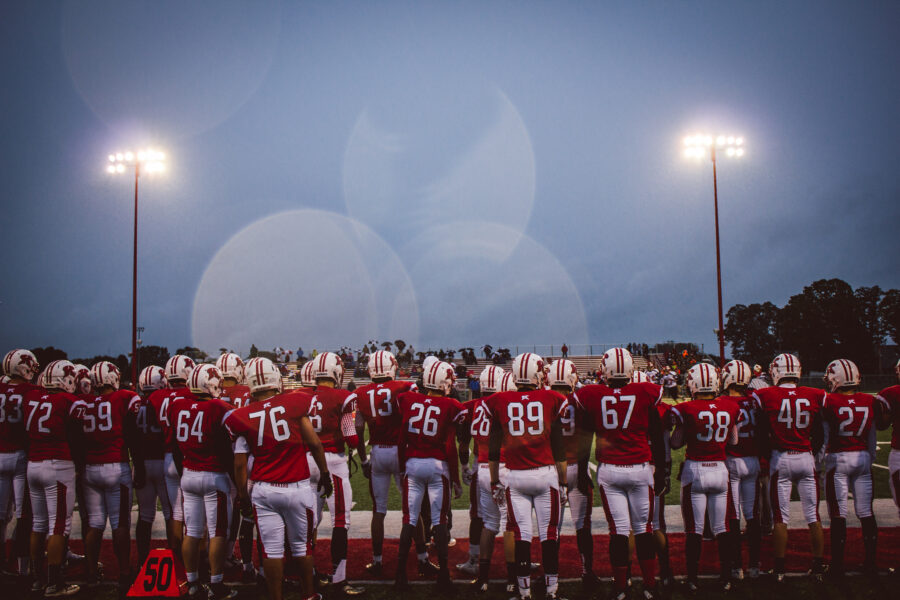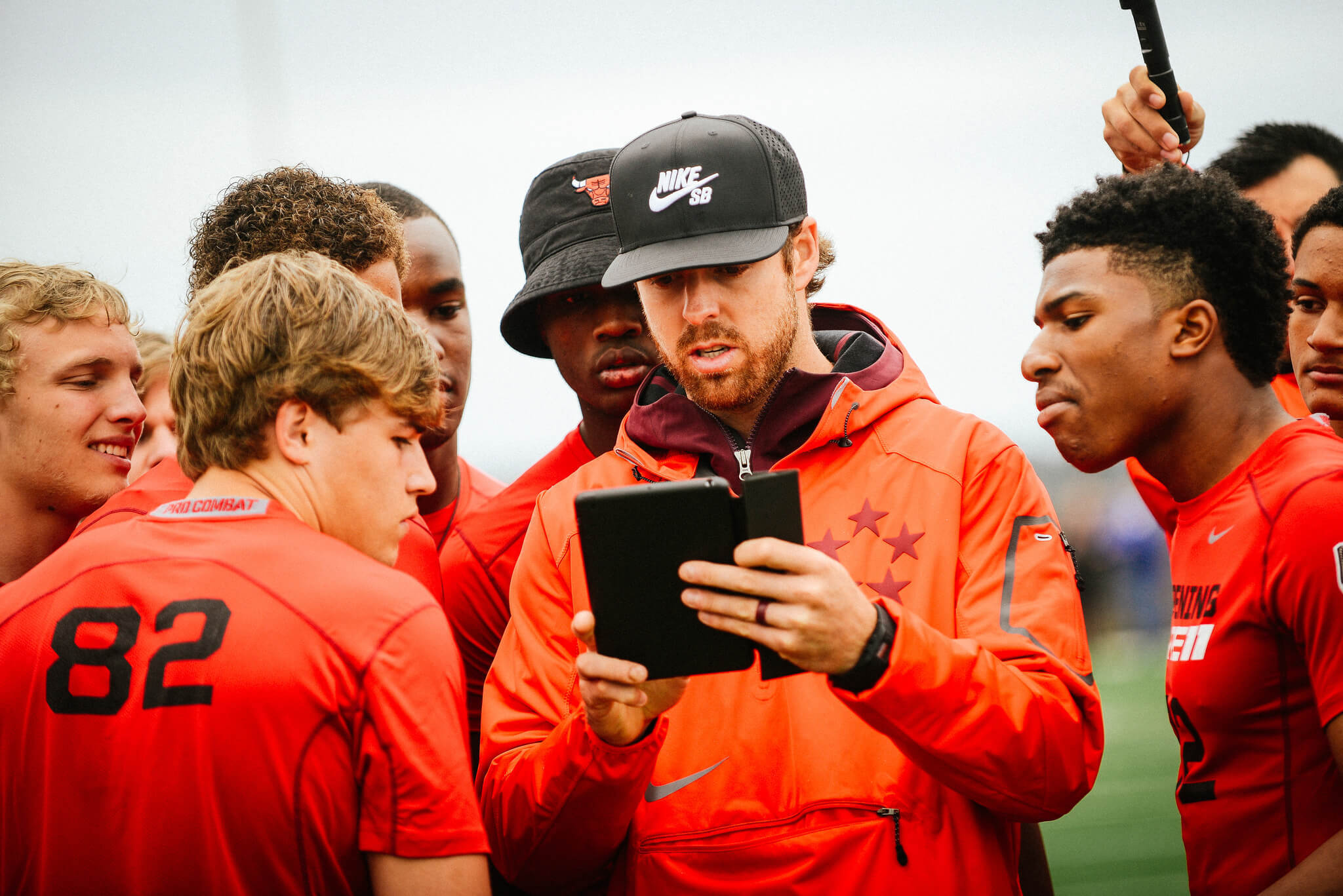Culture Shift: How Coaches on the Move Can Ease Their Adjustment Period

Changing schools can be a trying process for any coach. We offer some tips on how to make the transition a smooth one.
If coaches had their way, there wouldn’t be much shifting in the coaching ranks. Some situations call for a change of scenery and sometimes injecting new blood into a staff is necessary. But on the whole, building continuity is generally useful and integral to building a successful team.
Unfortunately, few staffs stay together long term. Talented assistants are picked off by other schools, and retirements offer new opportunities. The coaching community is an ever-shifting amoeba, constantly reshaping itself as both staffs and individuals move into new positions.
Few coaches get the opportunity to stay in one place for their entire careers. So what’s the best way to handle the transition? We reached out to Lance Ramer, about to begin his first season as the head man at Maclay High School in Tallahassee, Fla., to offer some tips on the subject.
Get to Know the Culture
No two schools are exactly the same. Each has its own hierarchy, personality and fan base. The better a coach can recognize how his new school operates and who he needs to connect with, the more quickly he can assimilate himself into the new system.
Ramer already has a good feel for this. Marclay will be the fourth coaching stop in 14 years for Ramer, who spent his college days as a linebacker at Rochester. This will also be his biggest change, as his previous three stops were all in the New Jersey/New York area. With a whole new region to adjust to, Ramer knows he has a lot to learn.
"For me, it’s all about getting to know the community and the people,” Ramer said. "I’m the football coach, but it’s much more than about football. Football has become a piece of what we do. If we want to build a quality program, you have to know the school well and the kids have to be an extension of any other student-athlete."
Ramer suggests reaching out to members of the student body, including those outside the football team and on the student council, to get a pulse of the school and where the football program stands in its hierarchy. Ramer also always hosts a meet and greet for parents and alumni. Investing in these people makes them feel connected and that their voice is being heard.
Don't Resist Change
Many coaches want to come in and immediately put their stamp on the program, to establish that there’s a new sheriff in town. Ramer understands this thinking but warns against it.
Sometimes a team, soiled by a poor job by the previous coach, needs a new mindset. But introducing too many new changes right off the bat can rock the boat, cause distress in the locker room and confuse the players on the field.
"Get to know what’s worked well,” Ramer said. "Watch them on film and try to tweak your strategy and your playbook and your plan to meet them, but also understand that you’re also going to have to make some tough changes and change some things, but not just changing for the sake of change.
"My philosophy is, I’d rather change to meet the needs of the players and some of the coaches that have been retained than for them to all change for me."
